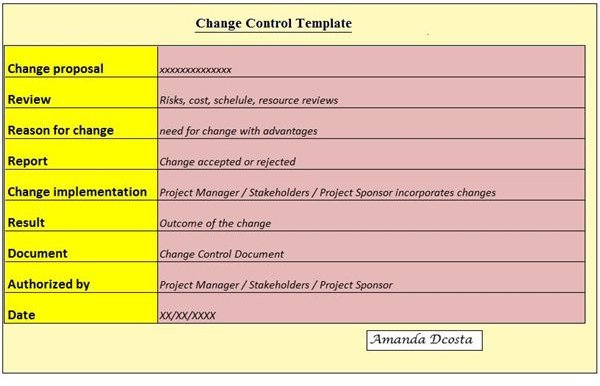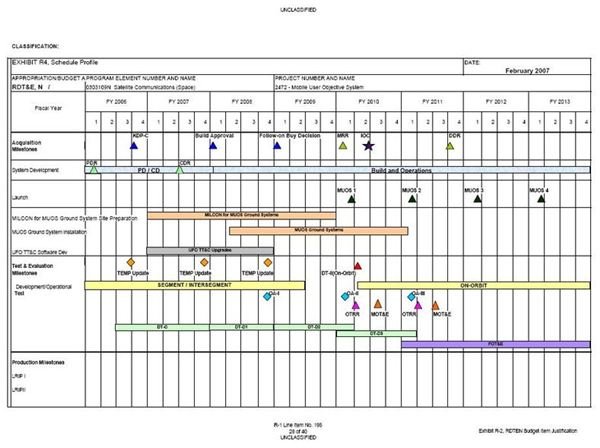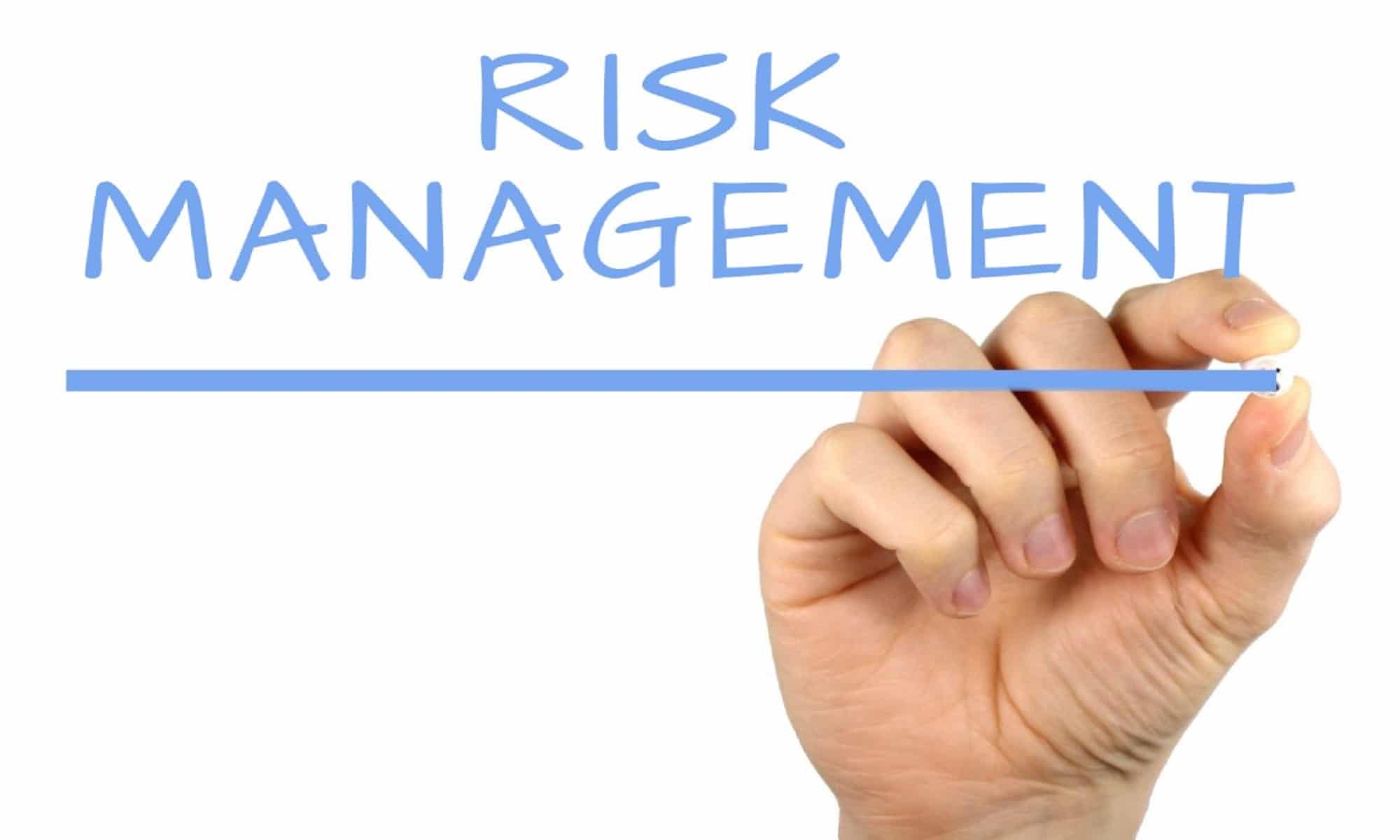This is the third part in a series on agile risk management; Part 1 looked at the opportunities agile methods offer for proactive risk management, while Part 2 examined the benefits of engaging the whole team in risk management through collaborative games and cautioned us about groupthink. This article walks through those games and explains how to engage a team in the first three of the six. In this post we will discuss how business case decisions are made and how mistaken business case decisions introduce errors that traditional risk management techniques are not wellequipped to fix. To briefly summarize the discussion in my last post on Agile Risk management, we discussed how the. Weve recently been asked how risk management is addressed on agile teams. This is an easy question to answer because risk management strategies are built right into the Disciplined Agile Delivery (DAD) framework. Lets start with two definitions. First, a risk is an exposure to a potentially. In my practice of Agile, which is mostly centered around Scrum, one of the traditional practices I find continues to have value is traditional Risk Management. When I am working with teams I typically schedule a Risk Management meeting that will be held at the same time, in the same place, on the same day, every week. This work is the definitive guide for IT managers and agile practitioners. It elucidates the principles of agile risk management and how these relate to individual projects. Explained in clear and concise terms, this synthesis of project risk management and agile techniques is illustrated using the. Agile project management with scrum is an entirely new world! The Team Members directly handle most of the task assignment, daily detail management, progress reporting and quality control for the product. Steven Thomas wrote a very elaborate and valuable post about agile risk management where he defines risk management as follows. Risk management is about identifying, addressing, and eliminating sources of risk before they become a threat to the project. The Scrum Team members should attempt to identify all risks that could potentially impact the project. Only by looking at the project from different perspectives, using a variety of techniques, can they do this job thoroughly. Risk management is about identifying, addressing, and eliminating sources of risk before they become a threat to the project. This article outlines traditional risk management, how Agile is a risk mitigation strategy, and how to do Agile risk management. Valuing Agile provides a muchneeded overview of how agile impinges contract and financial management; the values, principles but more importantly the measures and financial analysis that are driving improved software development outcomes. The IT Metrics and Productivity Institute (ITMPI) is an organization dedicated to best practices education in IT management, project management, and software development. We handle risk in Agile differently than how we handle risk in traditional development. Because theres more visibility into the risks, we are better able to mitigate them and deliver quality software. The Agile Advantage toward Risk Management. Agile methods incorporate many mechanisms for dealing with late breaking changes (an easily reprioritized backlog, short iterations, frequent inspection, and replanning, etc) that also lend themselves to proactively responding to risks. Take a look at my post on Agile Program Risk Management where I discuss how the process can be elevated to a higher level (less detail) and focus on risk across a portfolio of projects. I like the idea of formally tying the risks to TDD. When it comes to agile project management roles, most agile processes Scrum in particular do not include a project manager. Agile project manager roles and responsibilities are shared among others on the project, namely the team, Scrum Master and product owner. Agile software development is supported by a number of concrete practices, covering areas like requirements, design, modeling, coding, testing, planning, risk management, process, quality, etc. Some notable agile software development practices include: [41 This blog is the fourth in a series about agile and risk management. The first three blogs are: Three Key Agile Risk Management Activities Agile Risk Management: The Mental Model of Uncertainty Agile Risk Management: Antifragile In this blog I discuss the assumptions that underlie traditional risk management and the role of traditional risk management during agile. Agile methodologies, when implemented correctly, inherently reduce risk in product development. Developing in sprints ensures a short time between project investment and proof that the product works. Sprints also provide the potential for a project to generate revenue early on. To help provide current and aspiring Agile professionals with additional information and guides for Scrum, we have compiled a list of memberwritten articles from a wide variety of experts. We have articles that cover a wide range of topics to help you learn everything you need to know. [PMIACP Exam Study Notes Agile Risk Management is one of the ten Tools and Techniques for the PMIACP exam. The Tools and Techniques accounts for a total of 50 of all the questions to be found on the exam paper. According to the PMIACP exam content outline, Risk Management includes Risk Adjusted Backlog, Risk Burn Down Graphs and Riskbased Spike. Have all relevant risk and opportunities at a glance. Browse your risk and opportunities in familiar environment. Filter and sort your risks and opportunities in many ways. View, edit and manage your risks, similar to jira issues. Evaluate your risk to determine the impact on your project. Learn about working at Agile Risk Management. See who you know at Agile Risk Management, leverage your professional network, and get hired. The definitive treatment of risk management in agile projects Clear and concise illustration of the application of risk management to agile methodologies like XP, Scrum, and DSDM Blend of research and practice that introduces new tools for agile management of risk This work is the definitive guide. AgileCareers is powered by Scrum Alliance, the largest, most established and influential professional certification organization in the Agile community with more than 725, 000 practitioners worldwide. Its vision is to Transform the World of Work. People might think that Agile Risk Management is an oxymoron because there is a common stereotype that an Agile project is totally unplanned so why would you take a planned approach to Agile Risk Management if the whole project is unplanned. Consciously Adding Risk Management to Agile Approaches The good news is, that when organizations and their participating teams decide to layer risk management onto agile approaches there are many selfreinforcing cycles and mechanisms to make use of. Risk Management processes may have the air of a traditional, processdriven project management activity. However, agile methods are great risk reduction vehicles, and are actually very well aligned for rapid risk identification and reduction. Risk management deals with reducing the probability and impact of adverse events on a project. Agile software development, due to its iterative nature, implicitly makes risk management a part of. Agile and risk management derisk the project from the beginning Agile approaches to software projects spend a lot less time creating logs and artefacts around risks than Waterfall projects. People on agile projects spend a lot less time in meetings about risks than Waterfall projects. The inherent cadence and iterative nature of Agile practices make them well suited for the management of a wide range of risk commonly encountered in product development and related projects. Risk management is an activity directed towards assessing, mitigating and monitoring of risks. Many Agilists believe that the process of risk management for Agile projects is not significantly. Risk management is often viewed as a vestige of plandriven approaches but our agile flavor has proven valuable for helping teams make hard decisions collaboratively and proactively. We introduce our risk management game, a powerful, collaborative and fun exercise for better results through collaboration. Agile Risk Management LLC was founded in 2003. The company's line of business includes designing, developing, and producing prepackaged computer software. developed the Agile Risk Management (ARM) Framework. The Need for Better Risk Management In our experience, there is a noticeable lack of proactive risk management in Agile Risk management is a central part of traditional project management and is included as one of the knowledge areas in the Project Management Institutes (PMI) body of knowledge. In many of my classes, participants ask how Scrum and agile address risk management. How do we deal with risk in Agile development? We call it Agile Risk Management. In traditional waterfall projects, we save testing for the very end of our project development plan. Risk management under agile in a nutshell. In its briefest form, risk management under scaled agile means the agile proposition and product owners in the squads need to have a strong grasp of assessing and owning potential risks their work will create, with specialist risk experts available to work with the agile teams wherever needed. com Agile Risk Management 1 The global financial crisis has forced financial services firms to operate in an intensely complex and challenging 22. 1 Introduction A project risk is something that may happen and, if it does, it will have a detrimental effect. The following diagram shows a typical risk management process. Figure 22a: A typical risk management process Risk refers to the factors that contribute to a projects success or failure. On agile projects, risk management doesnt have to involve formal risk documentation and meetings. Instead, risk management is built into scrum roles, artifacts, and events. In addition, consider the following agile. What is Protivitis Agile Risk Management Framework? At the foundation of the Agile Risk Management Framework is the central premise that business management and risk management should create a unified operating model with clear first, second and third line accountability. Agile Risk Management Mike Griffiths PMI Southern Alberta Chapter August 25, 2016 Mike Griffiths is a consultant and trainer who help organizations improve performance through shared leadership, agility and (un)common sense. Agile practices look to identify and mitigate risk throughout the project. The level of traditional risk management performed should correlate to complexity, duration, and experience with. The application of the agile risk management process to a variety of The result is a risk optimized agile process that empowers the project team to explicitly understand, articulate, manage. Not Rolling Wave Risk Management Agile projects do not magically manage risks for us! Agiles short cycles and regular feedback might seem to have a risk management approach naturally built. The Agile Business Consortium is a global leader in promoting business agility, with unrivalled expertise in the field. A notforprofit organisation, it pioneered Agile and continues to inspire new developments and thinking such as the role of innovation at the heart of the Framework for Business Agility. The objectives of Project Risk Management are to increase the probability and impact of positive events and decrease the probability and impact of events adverse to the project. The process of identification, analysis and either acceptance or mitigation of uncertainty in investment decisionmaking. Last month we looked at how agile methods provide multiple opportunities for embracing proactive risk management. The prioritized backlog, short iterations, frequent inspections and adaptation of process map well to tackling risks early and checking on the effectiveness of our risk management approach..











